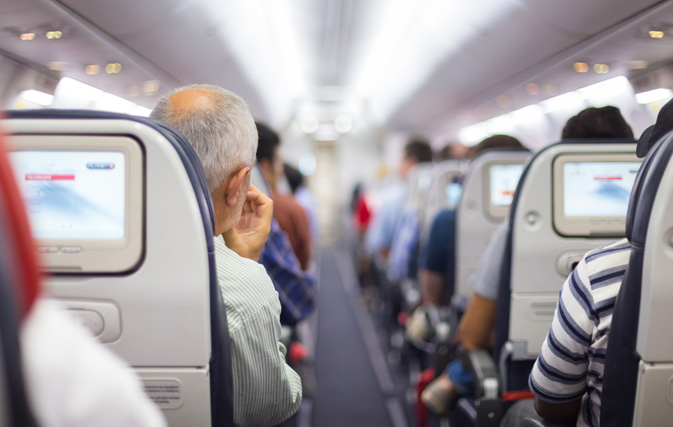MIAMI — The International Air Transport Association (IATA) made an upward revision of its 2015 industry outlook to a US$29.3 billion net profit.
On expected revenues of $727 billion, the industry would achieve a 4.0% net profit margin. The significant strengthening from the $16.4 billion net profit in 2014 (re-stated from $19.9 billion) reflects the net impact of several global factors, including stronger global economic prospects, record load factors, lower fuel prices and a major appreciation of the U.S. dollar.
All regions are expected to see an improvement in profitability in 2015 compared with 2014. There are, however, stark differences in regional economies, which are also reflected in airline performance.
“The industry’s fortunes are far from uniform. Many airlines still face huge challenges,” said Tony Tyler, IATA’s Director General and CEO.
Over half the global profit is expected to be generated by airlines based in North America ($15.7 billion). For North American airlines, the margin on earnings before interest and taxation (EBIT) is expected to exceed 12%, more than double that of the next best performing regions of Asia-Pacific and Europe.
“For the airline business, 2015 is turning out to be a positive year. Since the tragic events of September 2001, the global airline industry has transformed itself with major gains in efficiency. This is clearly evident in the expected record high passenger load factor of 80.2% for this year. The result is a hard-earned 4% average net profit margin. On average, airlines will retain $8.27 for every passenger carried,” said Tony Tyler, IATA’s Director General and CEO.
Main Forecast Drivers
Fuel prices: The recent decline in fuel prices is a welcome development. The 2015 industry outlook is based on an average Brent crude oil price of $65/barrel, which is 36% below the 2014 price of $101.4. Jet fuel prices are expected to decline at a slower rate for a full year price of $78/barrel (33% below the $116.6 level of 2014). Fuel still represents approximately 28% of the industry’s operating cost structure. And the full impact of the fall in fuel prices is being moderated by a 20% rise in the value of the U.S. dollar over the past 12 months as well as by airline hedging policies, which have locked about half of the 2015 fuel supply at higher levels.
Revenues: The impact of the stronger U.S. dollar can be seen in a 0.7% decline in the industry’s overall revenues, which are expected to be $727 billion ($733 billion in 2014).
Passenger: The passenger business is expected to grow some 6.7% in 2015, an acceleration on the 6.0% growth recorded in 2014. Passenger numbers are still expected to top 3.5 billion for the first time in 2015. A focus on efficiency is seeing supply matched more closely than ever with demand and is expected to produce a record high load factor of 80.2%. A yield decline of 7.5% reflects the stiff competition in the business but is exaggerated by the impact of the U.S. dollar appreciation.
Carriers in North America are expected to generate a profit of $15.7 billion (up from $11.2 billion in 2014) for a net margin of 7.5%. On a per passenger basis this translates to an average profit of $18.12. Airlines in the United States have been able to use this profitability to invest in new fleet, pay down high levels of debt and deliver a normal return to investors through dividends and share buy-backs. This has been driven by the relatively strong economy, a restructured industry and the lower oil price. The region is expected to see a 3.0% growth in demand, although capacity is starting to pick up with an anticipated 3.1% expansion.

